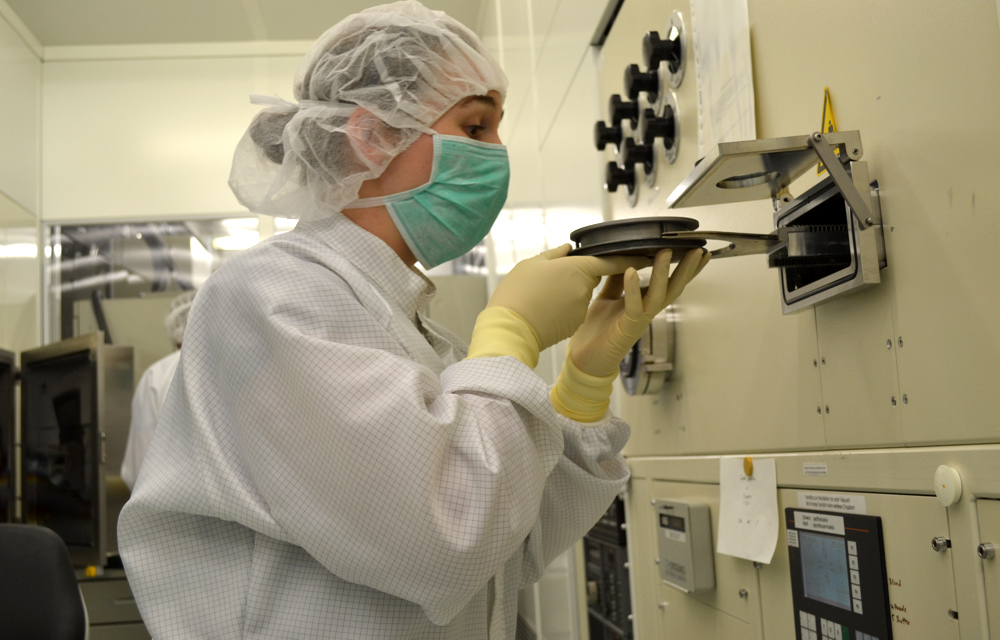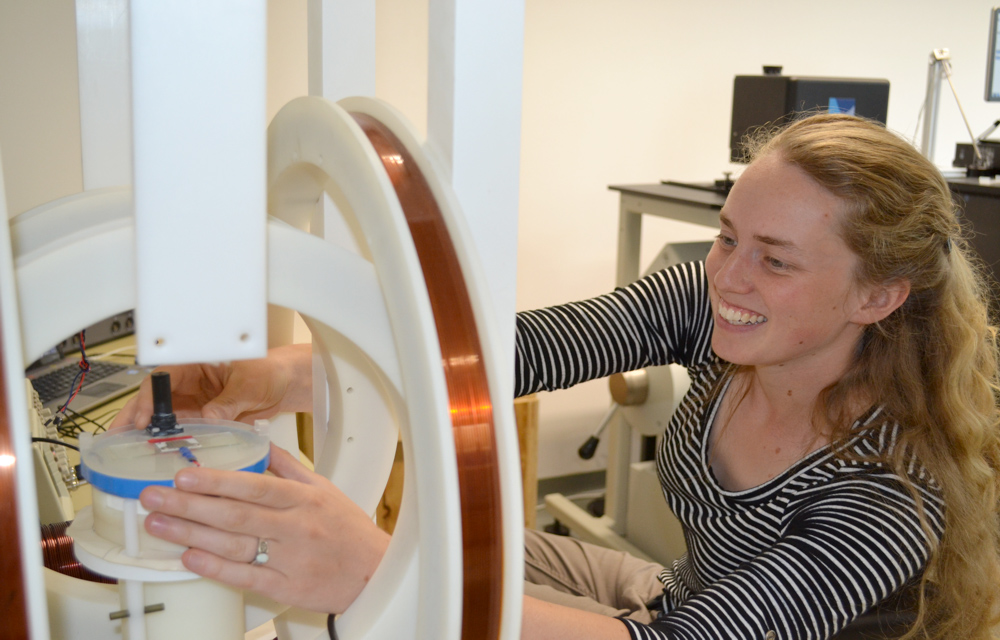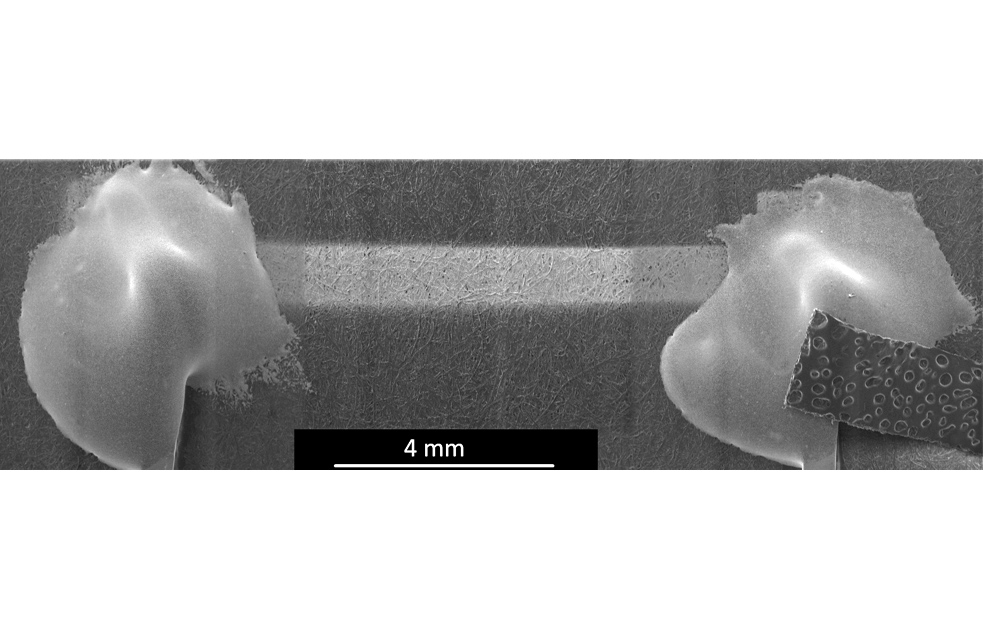Paper is a sustainable, low-cost and abundant material. But is it suited for the production of technical devices? "Yes", says Meriem Akin of IMPT. Within the scope of her doctoral thesis, she developed a paper-based sensor and was supported by young academics from the U.S.A.: This year, Autumn Pratt and Jenny Blackburn came over as visiting scientists for short research periods at IMPT.
The so-called anisotropic magneto-resistive (AMR) sensor placed in a magnetic field is able to sense rotary motion. For example, AMR sensors are capable of sensing whether a smartphone is held vertically or horizontally. Sensors are usually produced on semiconductor material, such as silicon substrate, which is five times as thick as a sheet of paper. So the unconventional material could help to produce even thinner sensors – and to make use of previously high-cost technologies at a more favourable price.
In the first place, however, paper would be able to provide for a sustainable production technology, since cellulose is a renewable resource. "Paper can be used for a lot more than just for disposable cups and newspapers", says Meriem Akin.



